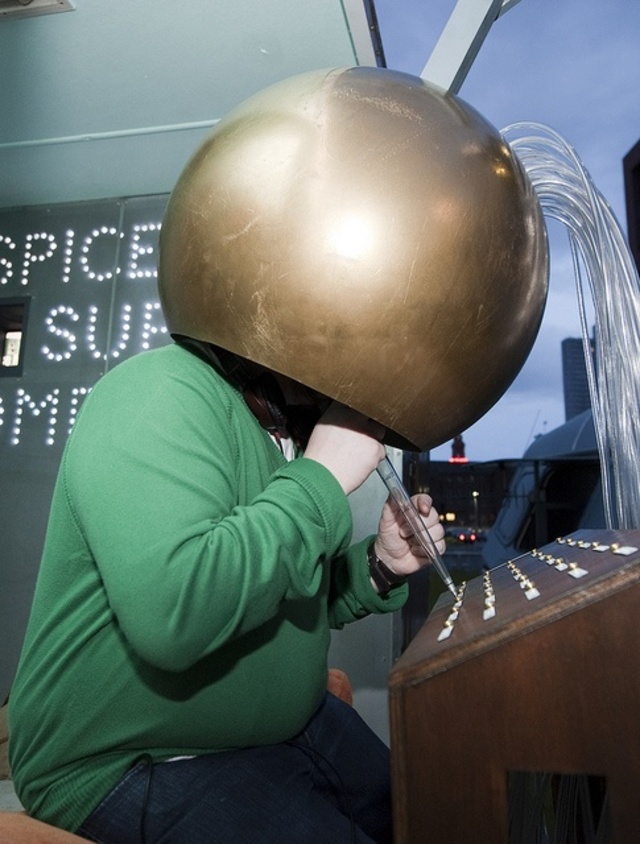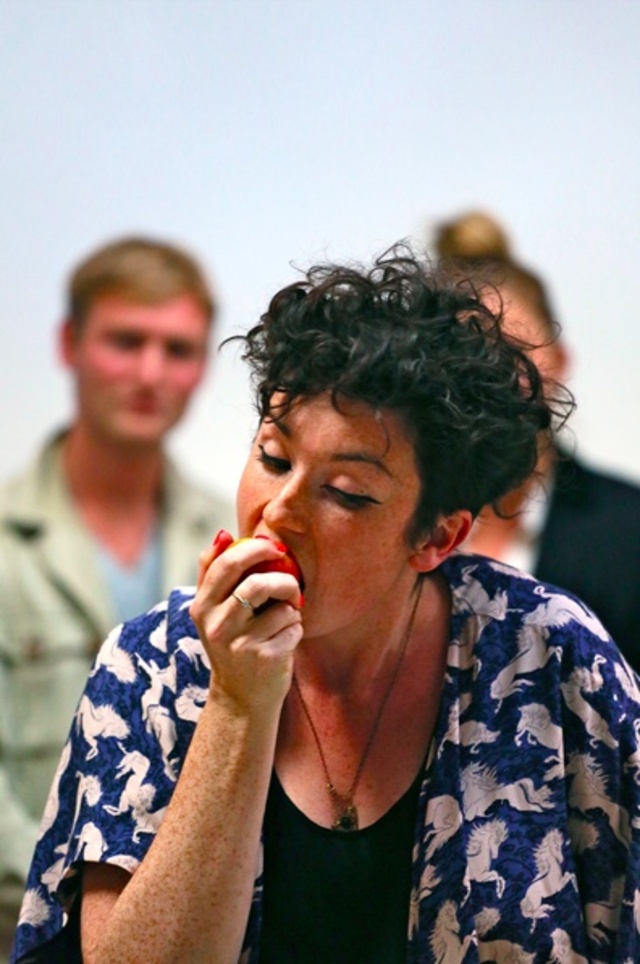The Bio Art & Design Award
Posted in: Uncategorized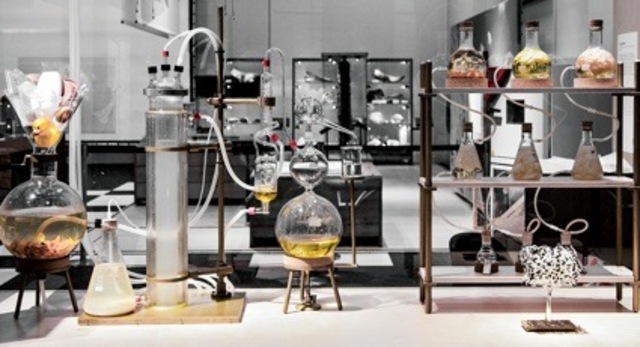

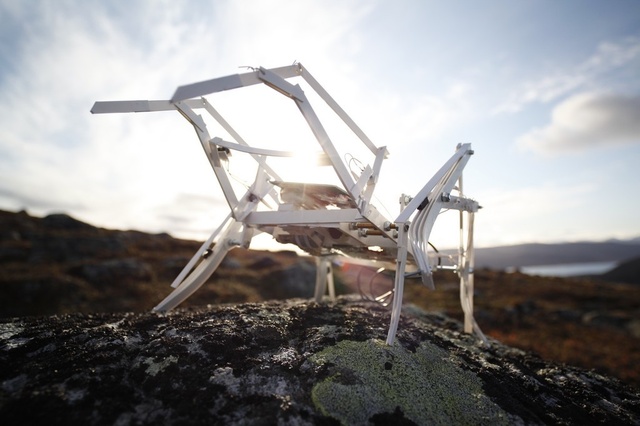
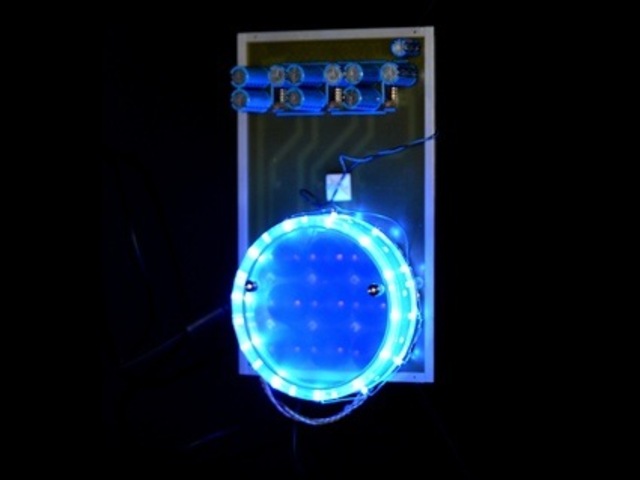
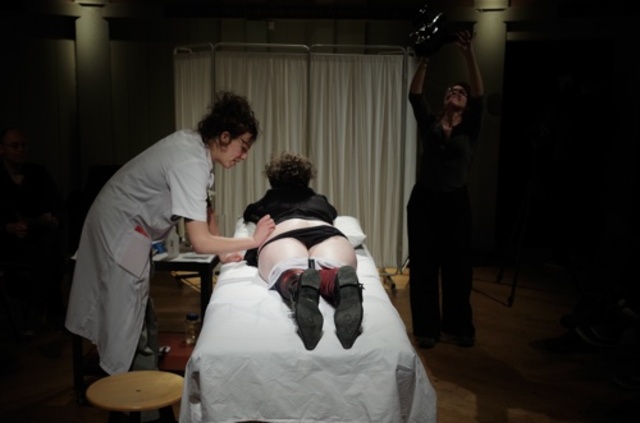
The result is a biological self-portrait; a second self; biologically and genetically ‘Charlotte’ although also ‘alien’ to her – as these cells have never actually been inside her body continue
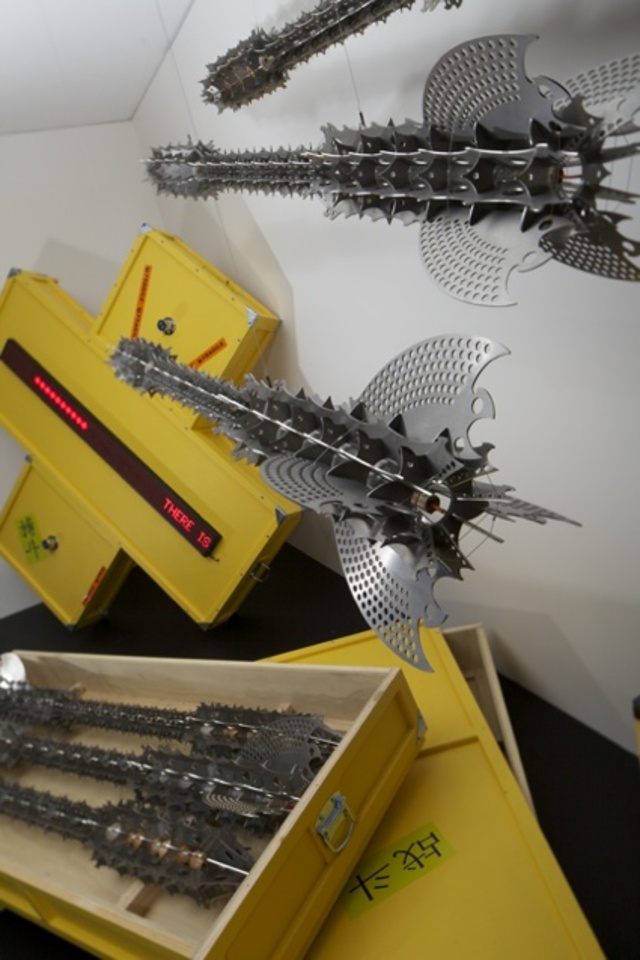
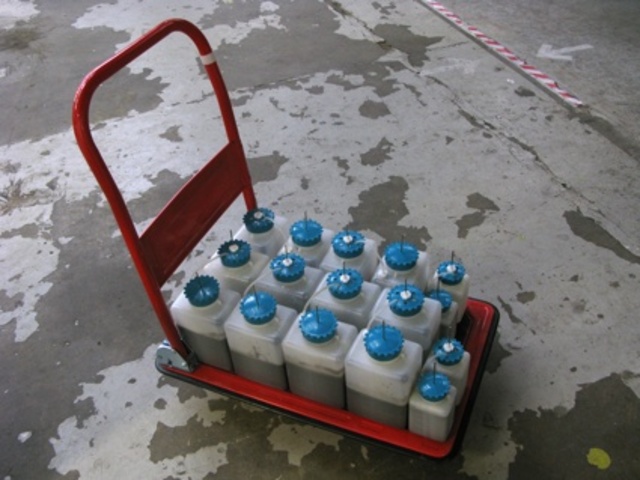
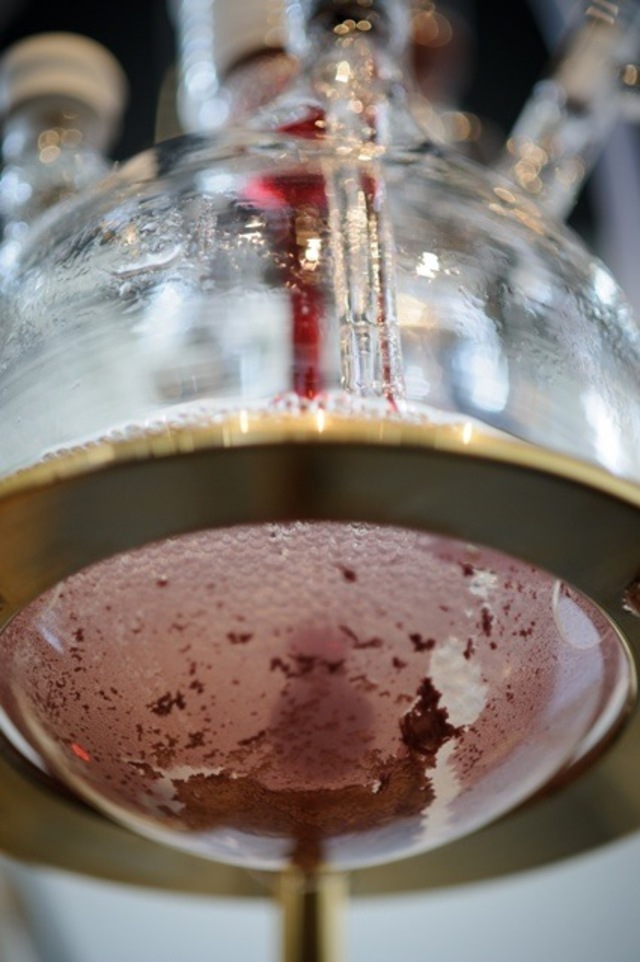
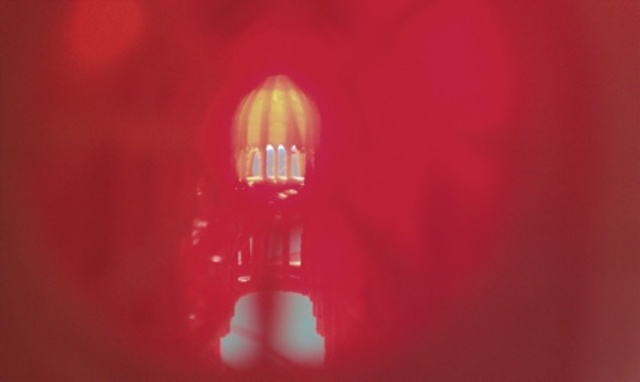
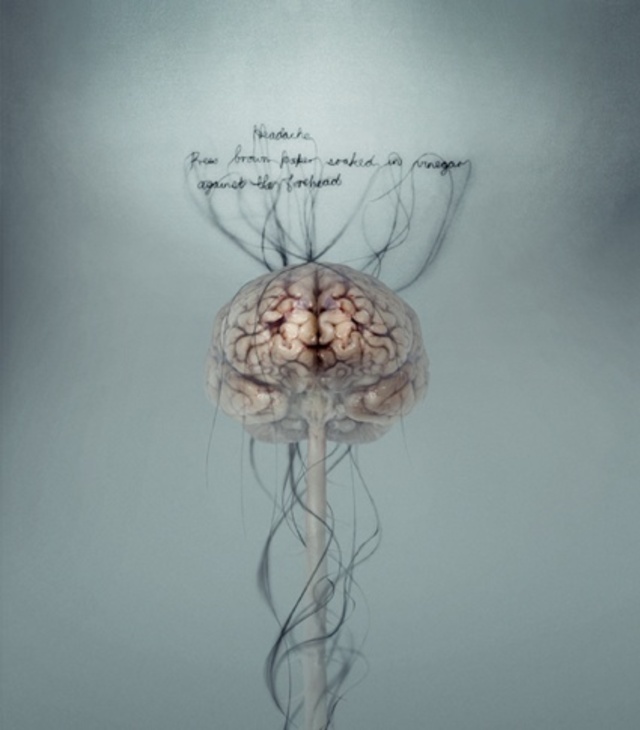
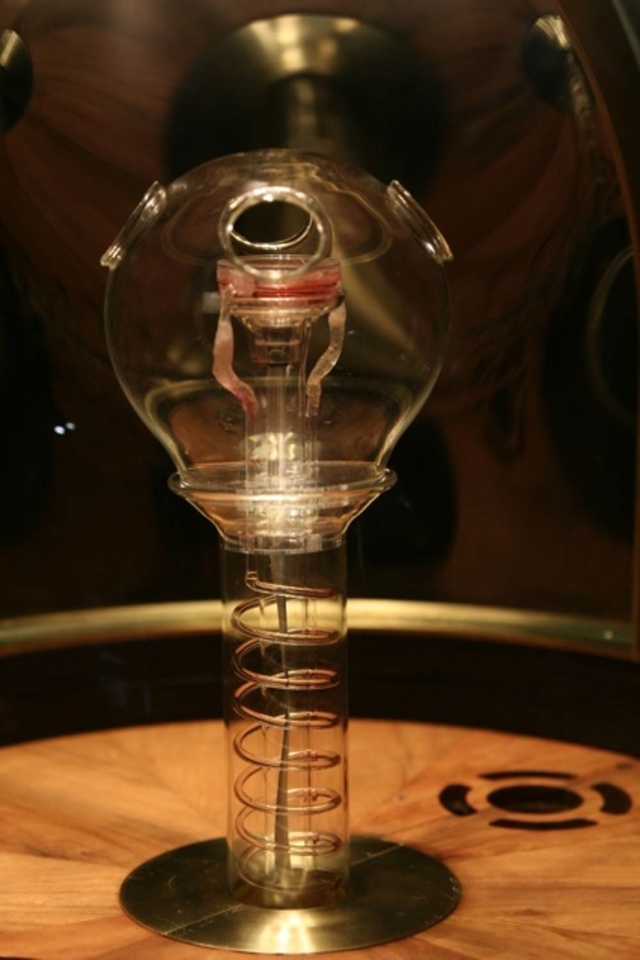
What is the potential for artists employing bio-technologies to address, and modify, boundaries surrounding understandings of life, death and person-hood? And what exactly does it mean culturally, artistically, ontologically, philosophically, politically and ethically to make a living biological brain from human foreskin cells? continue
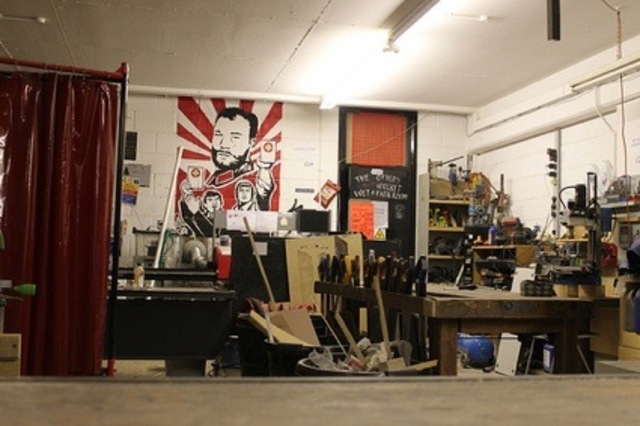
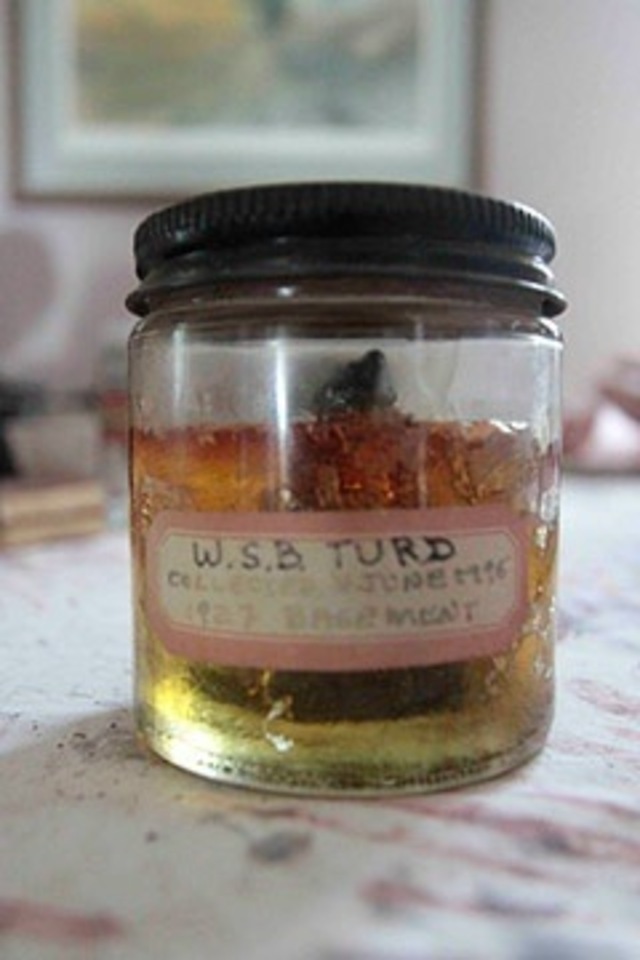
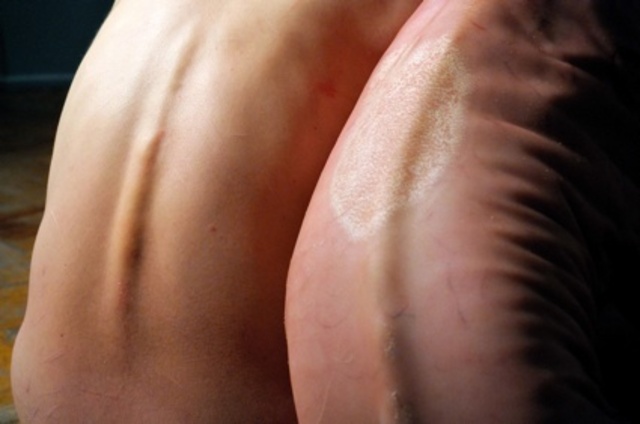
A few years later, Kira presented the performance, Falling Asleep With a Pig in which she cohabited with a live pig called Deliah in a specially constructed sty continue
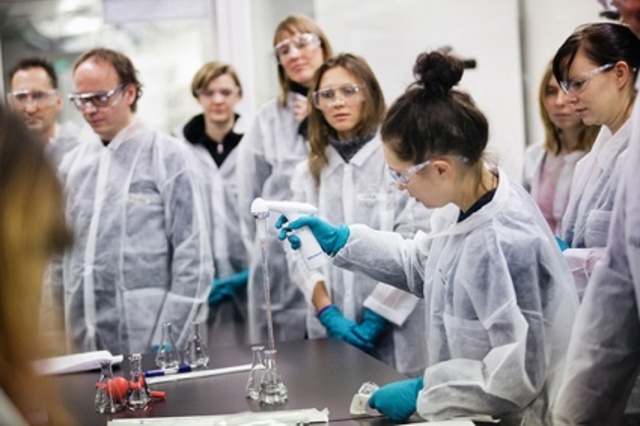
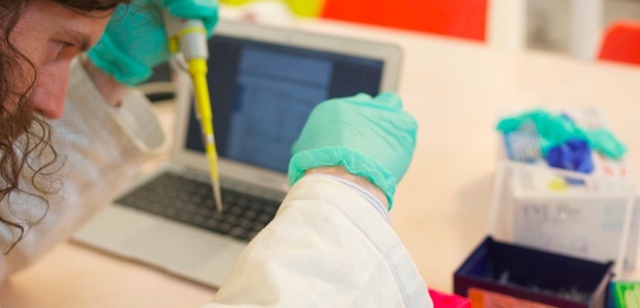
Asa and Rachael are the founders of the MadLab. Madlab is the short name for Manchester Digital Laboratory, a remarkably active community space for science, technology and art located in Manchester Northern Quarters. Luckily for me, Rachael and Asa are currently in London, where they are heading a series of workshops and events as part of their residency at The Arts Catalyst continue
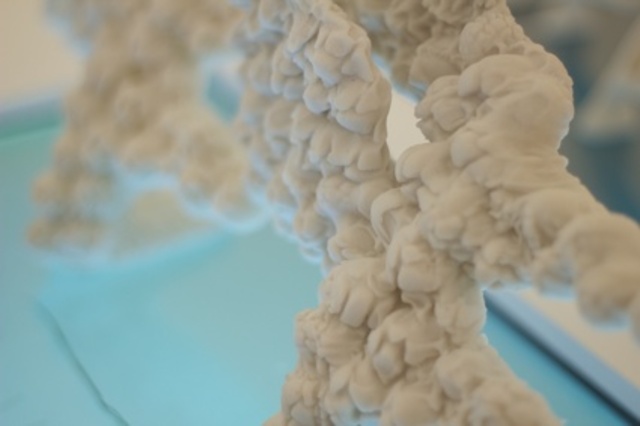
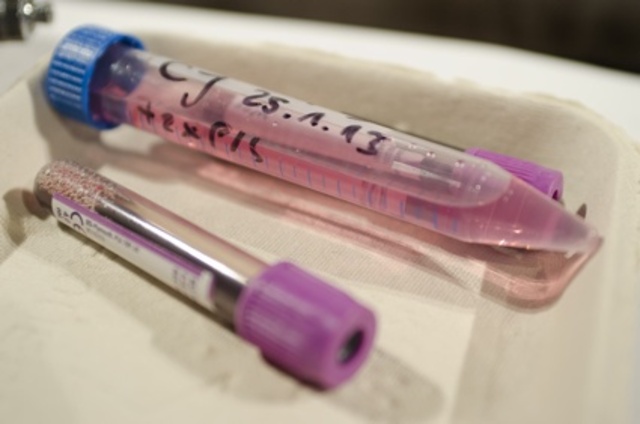
The project is called Ergo Sum and it recently received the Designers and Artist’s for Genomics Award. It will be exhibited this Summer in The Netherlands. But until then, Charlotte is in the studio to tell us more about this work. continue
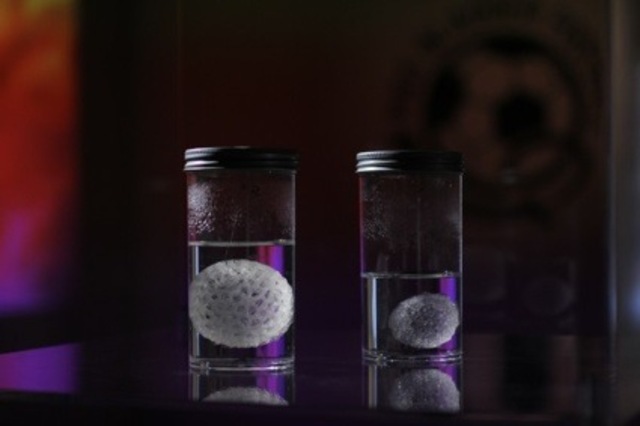
Pigs Bladder Football looks back at the time when football balls were made from inflated pigs bladder. But instead of using an existing organ, John O’Shea collaborated with a group of scientists at Liverpool University to bio-engineer balls using animal cells harvested from abattoir waste, replicating the same techniques used to create artificial human organs continue
